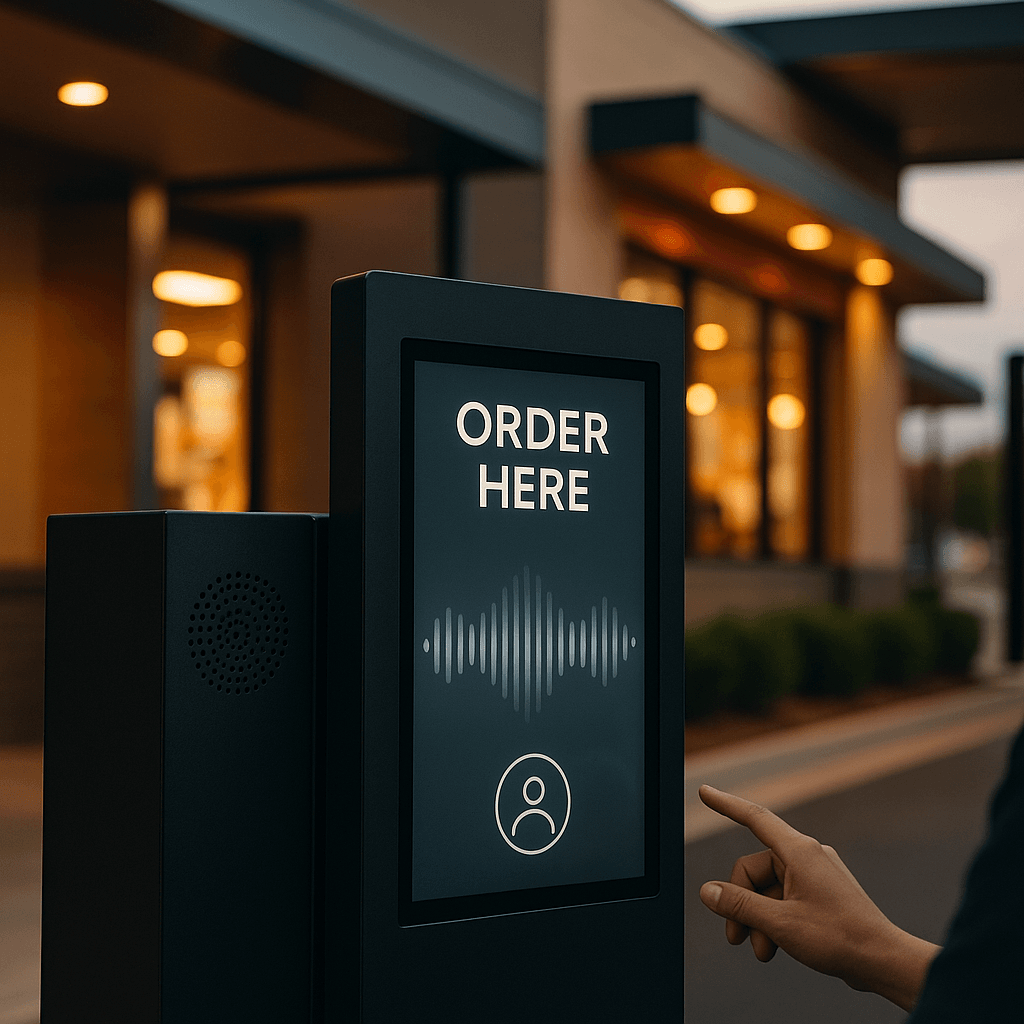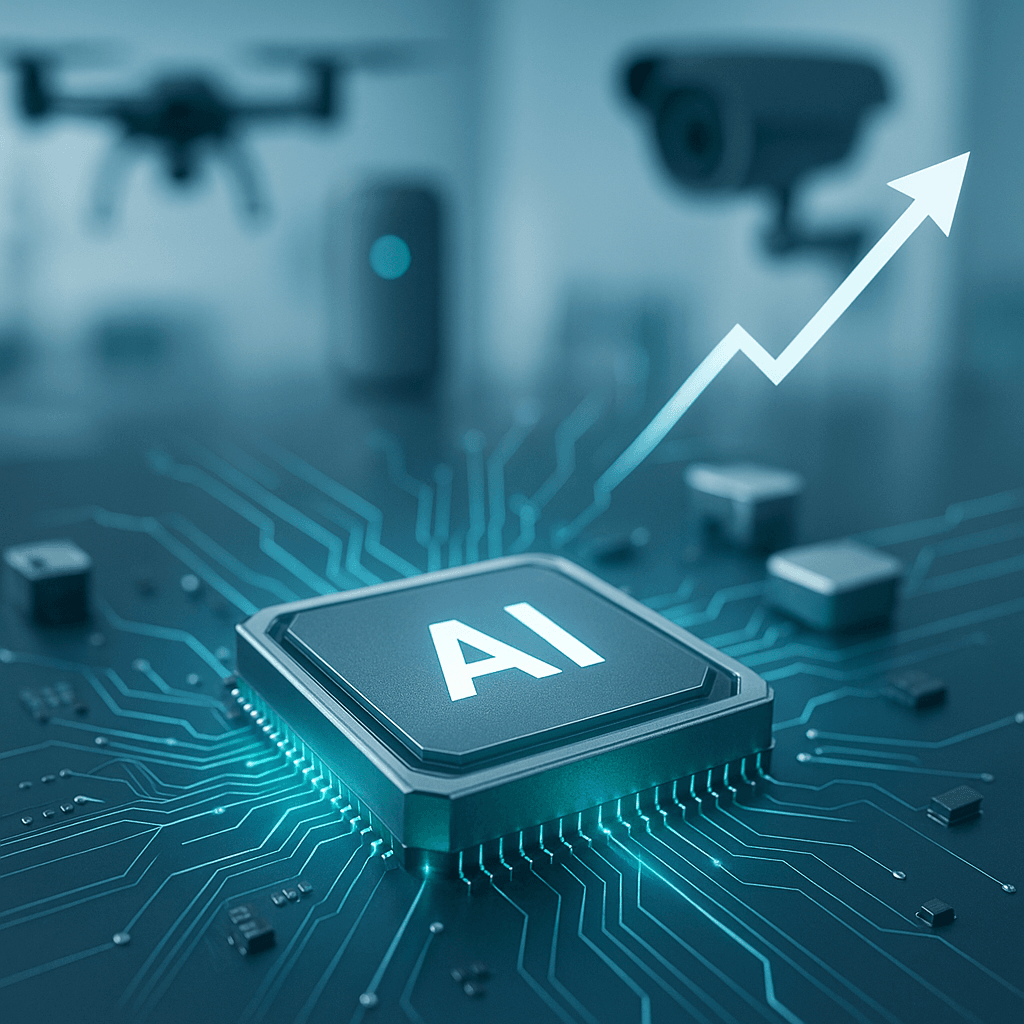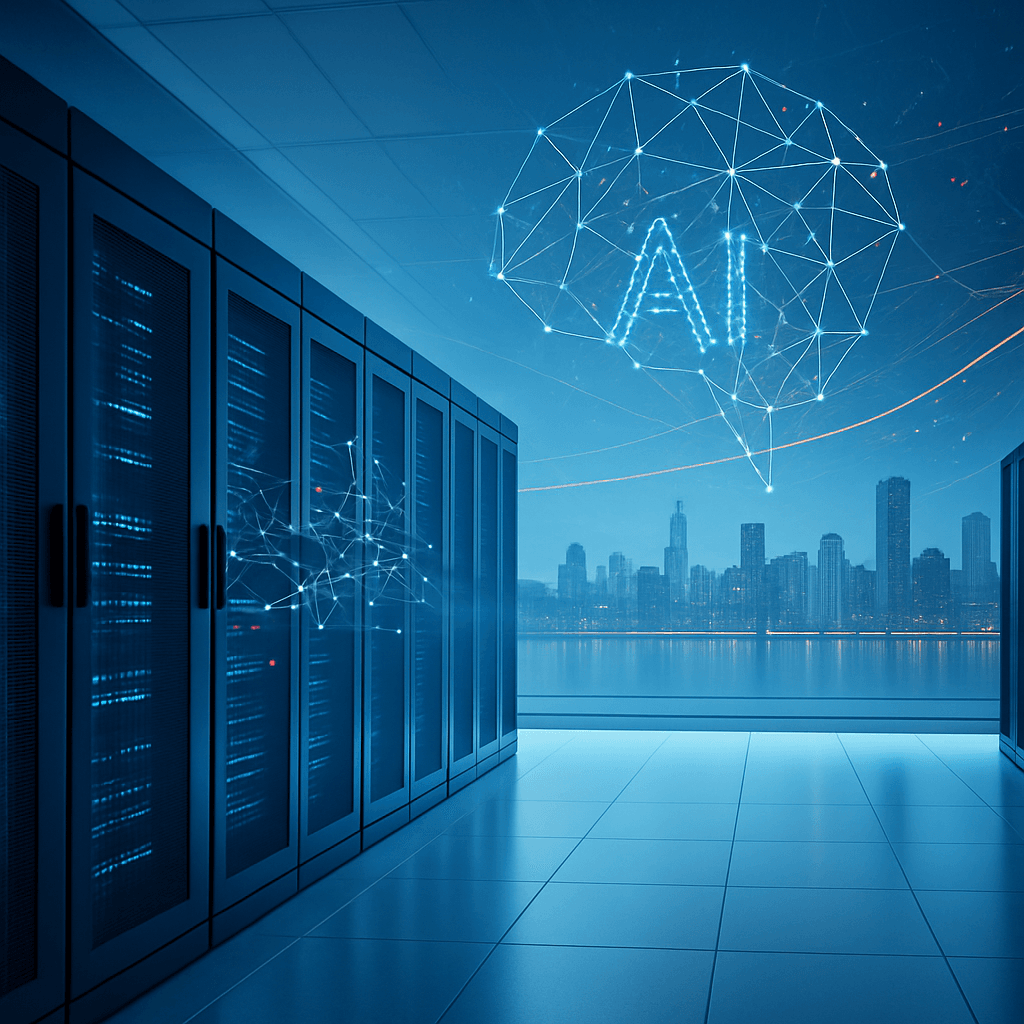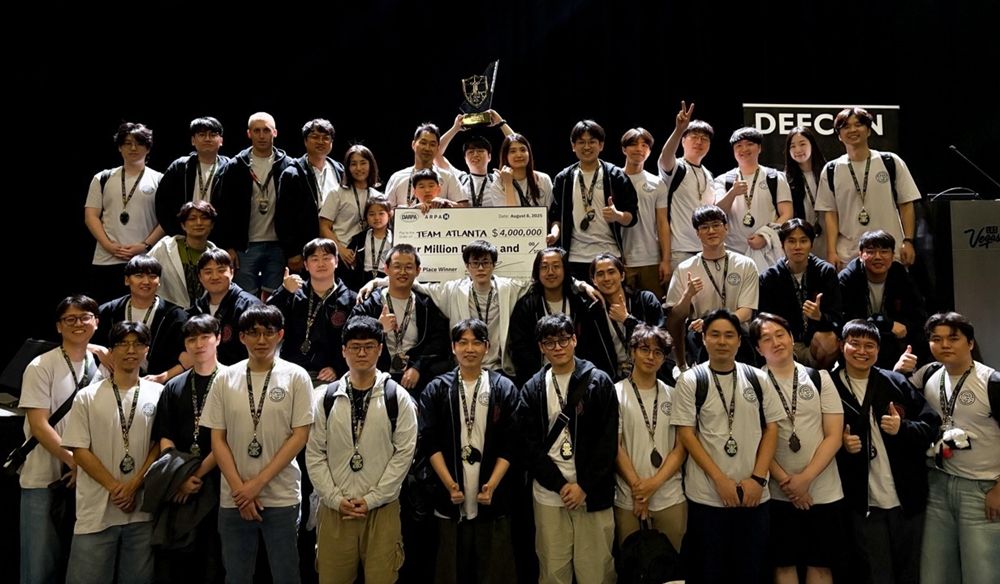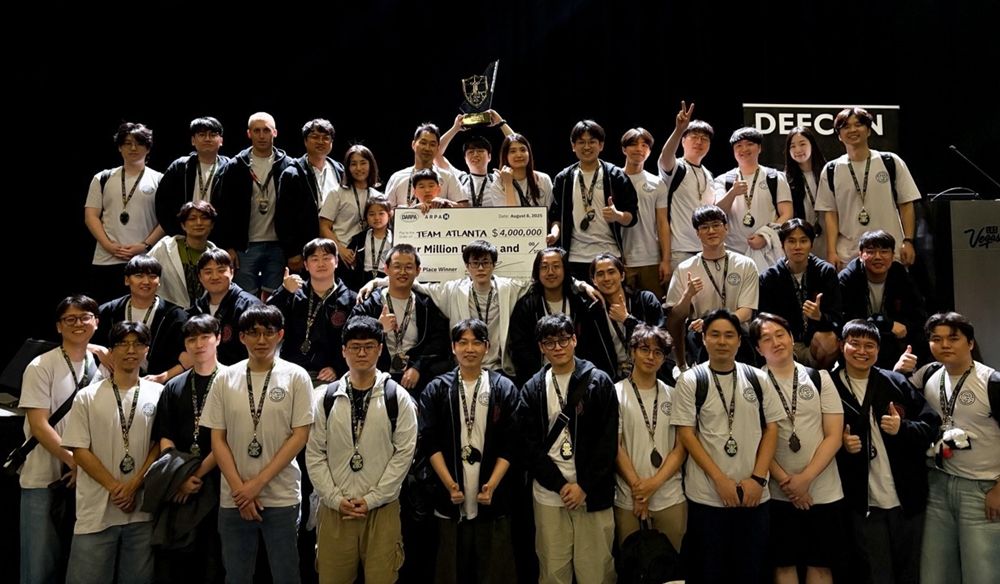Taco Bell is having second thoughts about its ambitious voice AI drive-through rollout after viral moments exposed system failures across 500+ locations. The fast-food giant's AI ordering technology has been gamed by customers ordering absurd quantities like 18,000 water cups to bypass the bot and reach human workers, forcing executives to reassess when and where to deploy the technology.
Taco Bell just hit the brakes on its voice AI drive-through expansion after a wave of viral moments exposed the technology's vulnerabilities. The fast-food chain's ambitious rollout across more than 500 locations has become a cautionary tale about deploying consumer-facing AI without adequate safeguards.
The problems became internet fodder when customers discovered they could game the system by placing absurd orders. One viral TikTok shows someone ordering 18,000 water cups specifically to overwhelm the AI and get transferred to a human worker. The clip perfectly captures the frustration many customers feel when forced to interact with imperfect voice recognition technology.
Chief Digital and Technology Officer Dane Matthews made a candid admission about the technology's performance in an interview with The Wall Street Journal. "Sometimes it lets me down, but sometimes it really surprises me," Matthews said, acknowledging that even he has mixed experiences with his own company's AI system.
The executive's honesty reflects a broader reality hitting the restaurant industry as chains rush to automate ordering. While voice AI promises to reduce labor costs and speed up service, the technology often struggles with accents, background noise, complex orders, and customers who intentionally try to confuse the system.
Taco Bell's experience mirrors challenges other major chains face with AI deployment. McDonald's recently ended its partnership with IBM on voice ordering after similar technical difficulties, while White Castle has taken a more measured approach to AI rollouts.
Rather than abandoning the technology entirely, Taco Bell is pivoting to a more nuanced strategy. Matthews explained the company is moving toward selective deployment, giving individual franchisees flexibility to determine when AI makes sense for their specific locations. Busy restaurants with long lines might benefit from human workers who can handle complex orders faster, while slower periods could rely more heavily on AI.
"For our teams, we'll help coach them: at your restaurant, at these times, we recommend you use voice AI or recommend that you actually really monitor voice AI and jump in as necessary," Matthews told the Journal. This hybrid approach acknowledges that AI works best as a complement to human workers rather than a wholesale replacement.
